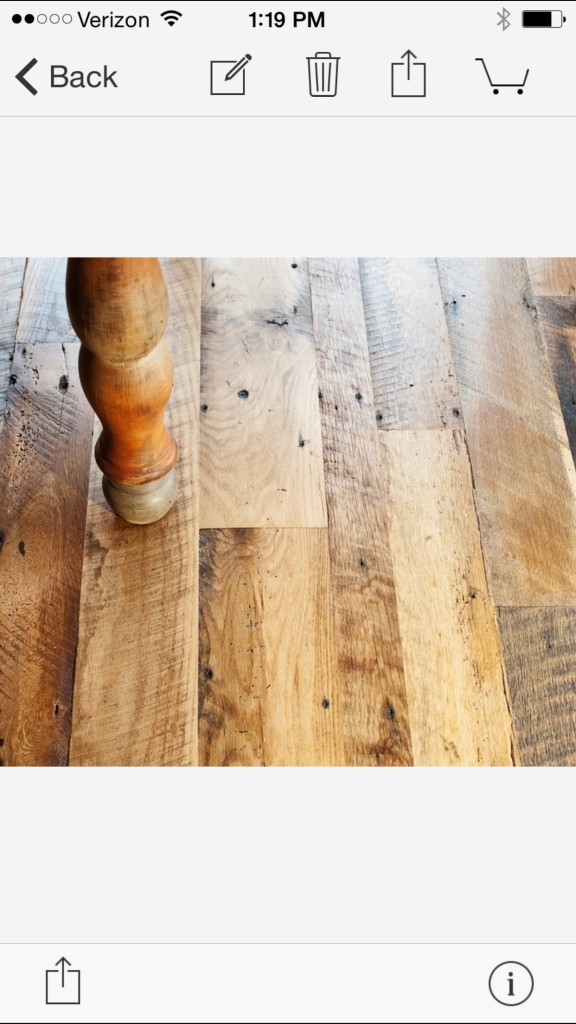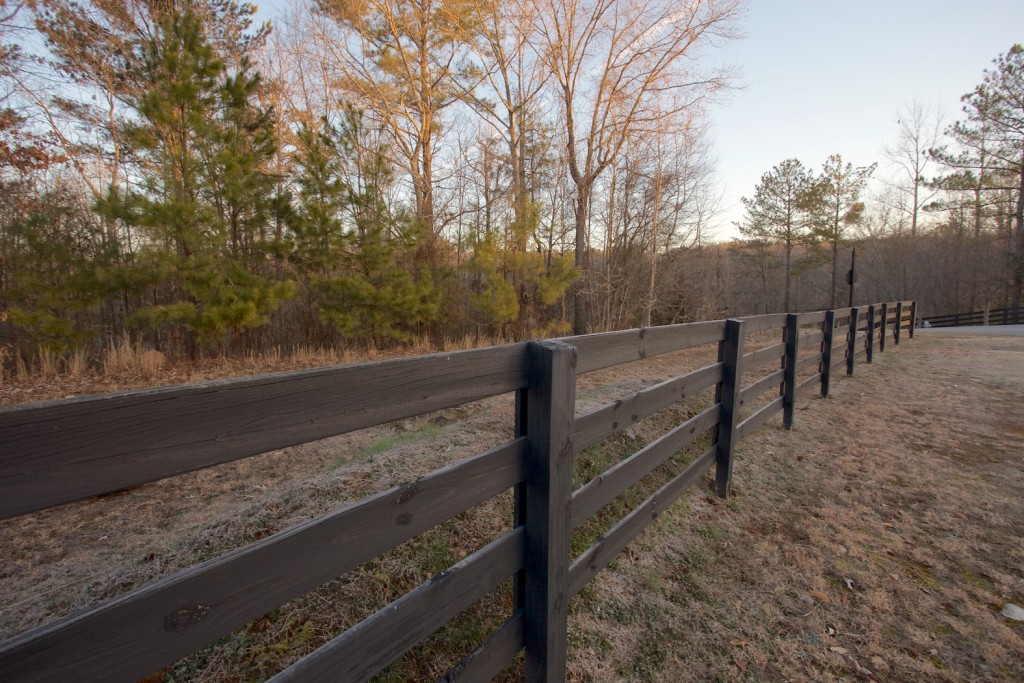How smart should your home be? Part of what I’m looking forward to in our new home is adding some “smart” features. I’m a bit of a techy, so I’m excited to figure out the right balance of a traditional and smart home. In the mean time, I’m doing a bit of testing in our rental house. As I explore my smart house options, I have one guiding principal, my wife (or a visitor) shouldn’t notice the difference. Meaning, if you’re not using the “smart” features, it must function as normal. For example, all smart lights should be operable by a switch without anyone noticing they’re smart.
Since I can’t do any real changes in the rental, mostly what I’m testing now is smart lighting, and I’ve hit several brands:
Belkin Wemo Switches, Senors and Bulbs: I’ve had a Belkin Switch hooked up to my coffee maker for months, but a few months ago, I added their LED bulbs and motion sensor to the mix. I have to say, the Belkin stuff was the most reliable and worked what seemed to be flawlessly once it was set up. The technology piece of it was executed really well. I had it set up this way: I’d manually turn on the coffee maker from my phone when I woke up, so it’d be a fresh as it could be when I got downstairs. On coming downstairs, the motion sensor would see me and dimly turn on two of the LED bulbs and another switch connected to a nearby lamp.
Again, the tech worked well, but I have returned all but my coffee maker switch and sensor for a few reasons:
- I’m really picky about color temperature of any LED bulb. Although I’d say these had pretty good color, I saw them as a little green, and they were especially noticeable when compared to an incandescent. For an LED to work in my house, it has to have the same feel as an incandescent, and I admit it’s been a difficult road to find one. As a side note, one of my very favorite non-smart LED bulbs is also the cheapest…I cannot tell the difference between the Ikea LED that was 4 dollars and an incandescent.
- Although the Wemo system is great for what it is, the eco system seems rather small (but growing here in 2015) when you’re building a house from scratch. I’ve got the freedom to add smart outlets, smart dimmers, three-way dimmers, and other gadgets built in. The Wemo ecosystem is more focused on a retrofit.
Wink and GE Link Bulbs: Wink has gotten a very bad wrap due to some (I assume) early glitches over the last year. I’ve had Wink working GE bulbs for a couple of months now, and I can say I’m really impressed. There are a couple of advantages of this setup:
- Since Wink has really been slammed on Amazon and most of the initial online reviews spoke more of potential than execution, the Wink hub is easy to find on sale. I got mine off Amazon for 15 dollars, but Home Depot often has deals if you buy a few GE Link Bulbs.
- The GE Link Bulbs are awesome, not only are they currently almost half the price of the Wemo Bulb and Hue Lux (about $15 instead of $30 as of Spring 2015), their color temperature is awesome. These bulbs are warm enough that it’s hard to tell which is which when comparing to an incandescent. They also dim really nicely. I’m a big fan of the performance, color and price of these bulbs. They also look really cool if you have them in a lamp shade that’s a bit see-through with the light on. They produce a sharp point of light instead of filtered light through a frosted glass bulb (but without, it seems to me, the shadows associated with clear-glass incandescent bulbs) I haven’t tried the new (as of Spring 15) Cree 4flow, which are supposedly great too at the same price, but it’s hard to stray away from GE Link (UPDATE: 3/10 – I bought a Connected 4Flow. I’d still say GE Link has better temperature, but Cree is close. I think for smart bulbs I’ll stick with GE, but for bulbs that are not smart, Cree will be the winner, because I can’t find the “dumb” versions of the GE Link).
Philips Hue: I’m a little embarrassed to say I bought these, but I did. I used the excuse that my kids would love the changing colors, and we could have family dance parties (we have), but really I bought these premium items because I couldn’t resist. I’ve wanted them from day one, and I didn’t have kids at that time.
I’m not disappointed. Even if you don’t want dance parties, with Hue, you don’t have to worry about whether or not the color temperature is right for you, you can even change it throughout to day. For example, I have them set to come on downstairs in three lamps as I wake up. They come on initially very dim and very warm, perfect for me to pour my coffee and sit down to read. As the sun rises and the natural light starts to come in, the lamps get way too orange, so I have a “Full Daylight” setting that they stay on for the rest of the day that mimics a traditional incandescent (although it could mimic the outdoors if I wanted it to). At about 7:30pm, when we’ve got the kids to bed, the lights change (over a 10 minute span, so it’s not even noticeable) to a slightly warmer, slightly dimmer “Warm Evenings” setting. I even bought an extra bulb for the kids room to double as a nightlight and an indicator of when it’s time to get up (the light changes to pink when they’re allowed to get out of bed).
So with all this testing, what is my plan? I don’t really know. But it’ll look something like this: All lamps will either have a GE Link (or Cree if they’re better somehow, although I’m not sure how) or a Philips Hue if needed, but at 4 times the cost of a GE, it’s going to be only where I just can’t live without the prospect of an instant dance party. I also plan to have Hue Strips for my under cabinet lighting, simply for the changing color temperature factor. (UPDATE 3/10 – I bought a set of Friends of Hue Lightstrips, but they don’t have the same base LEDs as the bulbs, and therefore cannot reproduce the same warm and cool whites. They’re mostly for vivid accent colors, so I don’t think they’ll work for my under cabinet lighting).
My can lights, and they’ll be plenty, will probably not be smart bulbs, but rather dimmable smart switches, since I can get non-smart bulbs for half the price of smart ones and control them with a Lutron switch or similar. Another reason is all the Smart Bulbs I’ve come across default to full on after they lose power. That’s good when you want to reset them with a switch, but bad when the power goes off in the middle of the night. Bedrooms will all have smart switches instead of bulbs. I’ll try some Wink/Quirky smart security as well and plan to install one Kwikset Kivo as well as Nest thermostat. I’ll also do some sensors for specific things (pantry light, dim night light in the bathroom, etc). I’m sure I’ll throw in a few smart outlets too (automated coffee, Christmas tree, etc).
I’m hoping that the main control panel for these will be Wink, as I love the idea of putting the Wink relay touchscreen by the bed and the garage entry to control the whole house at the touch of a button. I’ll update more as the plan comes together, but it’ll be a balance of cool features, traditional operation if need be, and cost.



